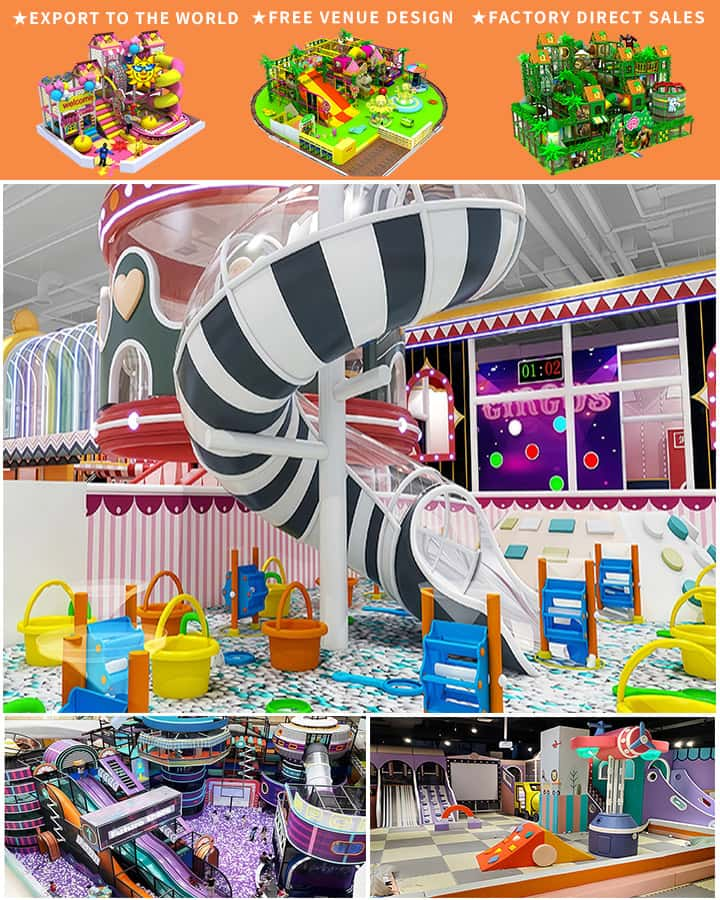Creating an indoor play area tailored to the needs of your 1-year-old can be both a fun and rewarding experience. At this crucial developmental stage, your little one is exploring their environment, learning new skills, and growing at a rapid pace. An appropriately designed play space not only keeps them entertained but also aids in their physical, cognitive, and social development. Here are some key considerations to ensure that your 1-year-old has a safe and stimulating indoor play area.
Safety First
Safety should always be the top priority when designing an indoor play space. For children as young as one year old, who are prone to crawling, cruising, and even taking their first steps, it’s essential to childproof the area:
- Non-toxic materials: Ensure all toys and equipment are made from non-toxic materials to avoid any harmful exposure.
- Rounded corners and edges: Choose furniture with rounded corners to prevent injuries.
- Soft flooring: Use soft mats or rugs to cushion falls and provide a comfortable surface for your baby to explore.
- Electrical outlet covers: Install covers on all electrical outlets to prevent accidental shocks or electrocution.
- Supervision: Always supervise your 1-year-old during playtime to quickly address any potential hazards.
Age-appropriate Toys
 Selecting age-appropriate toys is crucial for fostering development while keeping your child engaged. For a 1-year-old, consider the following types of toys:
Selecting age-appropriate toys is crucial for fostering development while keeping your child engaged. For a 1-year-old, consider the following types of toys:
- Sensory toys: Toys that make different sounds, have various textures, or light up can captivate your baby’s senses and encourage exploration.
- Building blocks: Simple stacking blocks can help develop fine motor skills and hand-eye coordination.
- Push and pull toys: These toys encourage your baby to move around, which is great for developing their gross motor skills.
- Interactive books: Board books with bright pictures and interactive elements like flaps and textures can help develop language skills and spark an early love for reading.
Designated Play Space
Having a designated play area helps create a routine and provides a consistent environment for your child to learn and grow. Here’s how to set up an ideal space:
- Clear boundaries: Use baby gates or playpens to define the play area and keep your child contained, especially if you need to step out for a moment.
- Comfortable seating: Include soft seating options such as cushions or small beanbags where your baby can sit comfortably and interact with their toys.
- Storage solutions: Invest in storage bins or shelves to keep toys organized. This not only makes tidying up easier but also teaches your child about organization from an early age.
- Decorate with purpose: Hang age-appropriate decor such as wall decals, mobiles, or framed artwork to create a visually stimulating environment.
Incorporating Learning Opportunities
Everyday playtime offers countless opportunities to incorporate educational elements. For instance:
- Color recognition: Use colorful toys and decorations to teach your baby different colors.
- Shape sorting: Introduce shape sorters to help them recognize and differentiate between various shapes.
- Music and movement: Play nursery rhymes or simple musical instruments to promote rhythm and coordination.
- Pretend play: Simple role-playing activities with dolls, kitchen sets, or toolkits can foster imagination and social skills.
Flexibility and Creativity
Finally, remember that flexibility is vital. Babies are naturally curious and may be drawn to different activities on any given day. Rotate toys periodically to keep the environment fresh and engaging, and feel free to adapt the play area as your child grows and their interests evolve.
In conclusion, creating an indoor play area for your 1-year-old involves careful planning with safety, developmental needs, and engagement in mind. By focusing on these principles, you can provide a nurturing space that supports your baby’s growth and fuels their curiosity.




